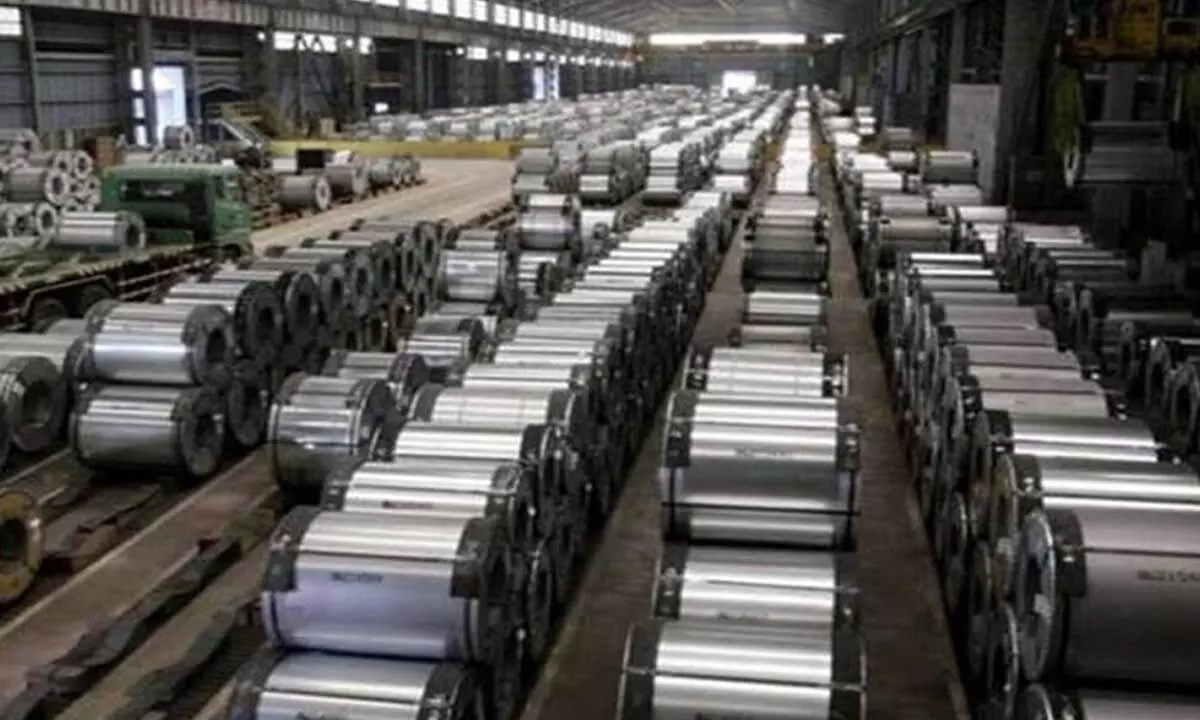Steel industry to be major gainer in election year
As General Elections beckon, the Union Government is likely to increase investments both at the state and central level.
image for illustrative purpose

As General Elections beckon, the Union Government is likely to increase investments both at the state and central level. This includes a 33 per cent increase in budgetary capital expenditure to Rs 10 lakh crore for infrastructure, a capital outlay of Rs. 2.4 lakh crore for Indian Railways and an announcement of 100 new transport infrastructure projects. Forget the political compulsions that are ‘guiding’ the government at this point in time but the fact is that these initiatives bode well for the domestic steel demand, and thereon the sector. Additionally, the uptick in construction and real estate activities is expected to be a major boost for steel products. The automobile sector, which witnessed a 21 per cent year-on-year growth during 11M FY23, is pointing at a definitive hike in demand for steel. There is all-round optimism that the domestic steel demand growth is expected to be at a healthy 8-10 per cent in FY24. A major factor for this is an increase of 33 per cent y-o-y in the government’s budgeted capex on infrastructure development and propping up of real estate and construction industry. The domestic consumption growth rate is also expected to be at a healthy at 8-10 per cent in FY24, driven by increased infrastructure spending, a surge in real estate and construction activities and strong auto sales.
The country’s steel production is estimated to grow 4-7 per cent to 123-127 million tonnes in FY24. This has been the finding by a recent study conducted by CareEdge Research. Going by several other research documents, during 11 months in FY23 (April 2022 – February 2023), the domestic finished steel production and consumption grew by 6.2 per cent and 11.6 per cent, respectively, on a year-on-year (y-o-y) basis. These facts and figures notwithstanding, steel exports declined sharply by 52 per cent y-o-y due to weak global demand and the imposition of a 15 per cent export duty on steel products from May-November 2022. Lest one forgets, imports had increased by 29.5 per cent y-o-y during the period, and India became a net importer of steel for the first time in three years between October 2022 and February 2023.
Almost all steel players reported a dip in EBITDA margins for the quarter ended December 2022 as compared to the corresponding period last year. This was primarily due to an increase in coking coal prices and muted steel prices. When it comes to exports, they have been increasing on a sequential basis from December 2022 onwards, post withdrawal of export duty on steel products and iron pellets. This is expected to result in higher export volumes in the coming year. However, the operating profit margins of steel players are expected to remain under pressure in FY24 due to elevated input costs of iron ore and coking coal. International steel prices are also expected to remain range-bound in the near term.

